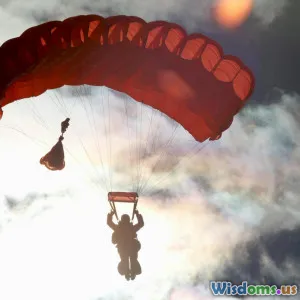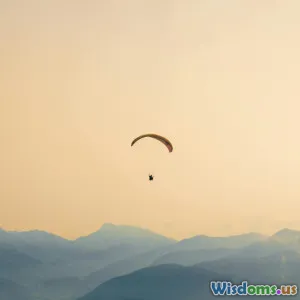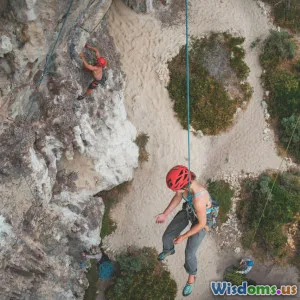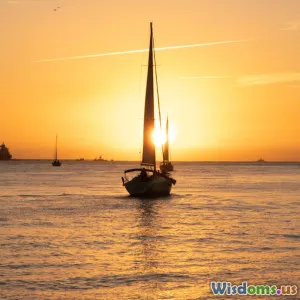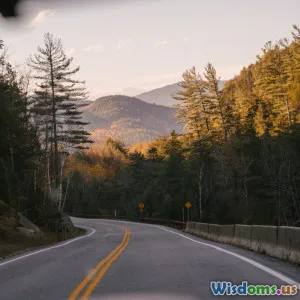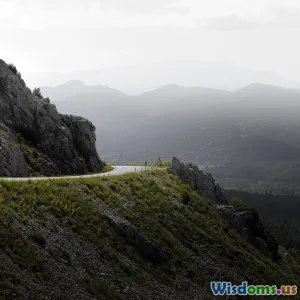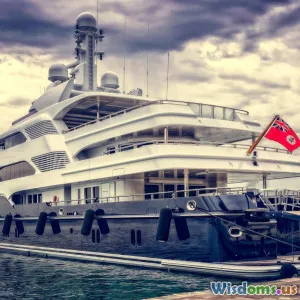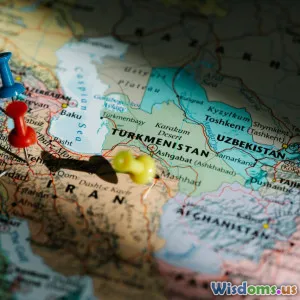
How to Plan Budget Friendly Snowboarding Trips in Japan
10 min read Discover expert tips to plan affordable and unforgettable snowboarding trips in Japan without compromising experience or excitement. (0 Reviews)
How to Plan Budget Friendly Snowboarding Trips in Japan
Japan is world-renowned among snowboarders for its incredible powder snow, state-of-the-art resorts, and unique winter culture. Yet the common perception is that a snowboarding trip to Japan must be exorbitantly expensive. This couldn’t be further from the truth! With some insider knowledge and a strategic plan, you can experience epic runs at world-class resorts in Japan without breaking the bank.
In this article, we'll provide a comprehensive guide to planning budget-friendly snowboarding trips in Japan that balance value, experience, and practicality. We’ll cover the best times to visit, where to stay, cost-saving transportation tips, affordable equipment rental options, and more. So tighten your boots—your affordable Japanese snowboarding adventure awaits!
Understanding the Snowboarding Landscape in Japan
Before diving into budgeting strategies, it helps to grasp what makes Japan’s snowboarding scene exceptional:
- Quality of Snow: Japan’s powder is famous worldwide for being light, dry, and plentiful, especially on the island of Hokkaido and the northern mainland of Honshu.
- Diverse Resorts: From iconic spots like Niseko and Hakuba to lesser-known gems like Myoko Kogen, options abound for all skill levels and budgets.
- Cultural Richness: Snowboarding in Japan pairs beautifully with cultural experiences like onsen (hot spring baths) and traditional ryokans (inns).
Knowing these qualities means you can prioritize what’s most important to you—be it powder quality, cultural immersion, or nightlife—and allocate your budget accordingly.
When to Go: Timing Your Trip for Savings and Snow
Timing is critical to balancing cost and experience:
- Best Snow: December to February are prime months for consistent powder. However, this is peak season, meaning prices for lodging and flights spike.
- Shoulder Seasons: Late November and March still offer good snow conditions in many resorts but with significantly lower costs on accommodation and fewer crowds.
- Weekdays vs. Weekends: Traveling on weekdays avoids the weekend rush and offers cheaper lodging rates.
Insider Tip:
Book your trip during off-peak holiday weeks, such as early January or late February, to find excellent snow and discounted rates.
Accommodations: Where to Stay Without Overspending
Lodging is often the largest cost element. Here’s how to optimize:
Consider these budget-friendly lodging options:
- Hostels and Guesthouses: In resorts like Niseko, budget guesthouses offer dorm beds or private rooms for a fraction of luxury hotel costs.
- Airbnb and Private Rentals: Renting a room or entire apartment is especially cost-effective for groups or longer stays.
- Business Hotels in Nearby Towns: Instead of costly slopeside hotels, stay in nearby towns such as Otaru or Sapporo, where transport is easy and lodging cheaper.
- Camping and Car stays: For the very adventurous and the self-sufficient, some resorts permit car camping, though conditions can be harsh.
Real-World Example:
An Airbnb rental in Kutchan town near Niseko can cost as low as $40 per night in shoulder seasons compared to $150+ for slopeside hotels.
Transportation: Navigating Japan on a Budget
Japan's efficiency extends to local transportation but can become costly without planning.
Booking flights:
- Use fare comparison tools like Skyscanner to monitor discounts on flights to major gateways like Sapporo (New Chitose Airport) or Tokyo (Narita or Haneda).
- Consider connecting flights through Asian hubs like Seoul or Taipei for cheaper options.
Local transport savings:
- JR Pass: If visiting multiple regions, a Japan Rail Pass offers significant savings on bullet trains and local lines.
- Highway Buses: Night buses connect Tokyo to ski towns affordably (around $30-$50) and double as lodging.
- Car Rental: For groups, renting a car can be economical but requires familiarity with winter driving in snowy conditions.
Equipment Rental and Purchasing: Save on Gear Expenses
Airfare luggage fees and costly gear can deter budget travelers.
Rental Tips:
- Many resorts have well-stocked rental shops offering quality snowboarding gear at competitive daily or weekly rates.
- Book equipment rentals online in advance to secure discounts and availability.
Consider buying used or borrowing gear:
- Some accommodations or hostels offer gear rental exchanges that come cheaper.
- If snowboarding regularly, investing in gear back home and packing smartly may be economical long-term.
Example Cost:
Niseko rental shops often charge around $30 per day for a complete snowboard and boots package, cheaper for week-long rentals.
Food and Dining: Enjoy Japanese Cuisine Without Overspending
Food can either be a splurge or an affordable delight.
- Convenience Stores: Japanese konbini offer fresh, tasty meals like onigiri, bento boxes, and sandwiches starting at $2-$5.
- Local Markets and Street Food: Towns surrounding resorts have izakayas and markets with authentic cuisine at reasonable prices.
- Cooking Your Own Meals: If staying in self-catering accommodation, buying groceries from supermarkets cuts costs dramatically.
Real Insight:
Travelers often rave about cozy ramen shops and curry houses in mountain towns where filling meals cost under $10.
Leveraging Local Resources and Connections
Join online communities:
Platforms like Reddit’s r/JapanSnowboarding or Facebook groups can provide real-time insider tips, group deals, or couchsurfing opportunities.
Learn basic Japanese phrases:
Showing effort to communicate respectfully can lead to locals suggesting affordable hidden gems for food, accommodation, or transport.
Explore multi-day pass discounts:
Many resorts offer multi-day lift pass packages at reduced per-day rates—plan your runs accordingly.
Sample Itinerary for a Budget Conscious Snowboarding Trip
| Day | Activity | Estimated Cost |
|---|---|---|
| 1 | Fly into Sapporo + shuttle bus to Kutchan/Budget Airbnb check-in | $80 flight + $20 bus + $40 lodging |
| 2 | Rent snowboard gear + half-day on slopes at Niseko | $15 rental + $50 lift pass |
| 3 | Full day snowboarding + convenience store meals | $50 lift pass + $10 meals |
| 4 | Explore onsen + local market dinner | $20 onsen + $10 dinner |
| 5 | Travel to nearby Hakuba via bus + hostel stay | $30 bus + $30 lodging |
| 6 | Snowboard day Hakuba + gear rental if needed | $50 lift + $15 rental |
| 7 | Return to airport via bus + fly home | $30 bus + flight |
Closing Thoughts
Planning a budget-friendly snowboarding trip to Japan may seem daunting initially, but with careful timing, savvy accommodation choices, smart transport planning, and equipment rental tactics, it’s entirely feasible. More importantly, the richness of Japan’s snowboarding culture, combined with beautiful landscapes and powder that’s among the best worldwide, makes every yen worth it.
Remember, the magic isn’t in extravagance but in immersive experiences and efficient planning. So whether you’re a beginner eager to shred your first powder or a seasoned rider chasing world-class terrain, use this guide to shape your affordable Japanese snowboarding dream into reality.
Enjoy the powder!
“Japan’s snow brings a joy and serenity unlike anywhere else—accessible to all with the right plans and a passion to ride.” – Hiro Tanaka, Japanese snowboarding coach
Rate the Post
User Reviews
Other posts in Budget Travel
Popular Posts










